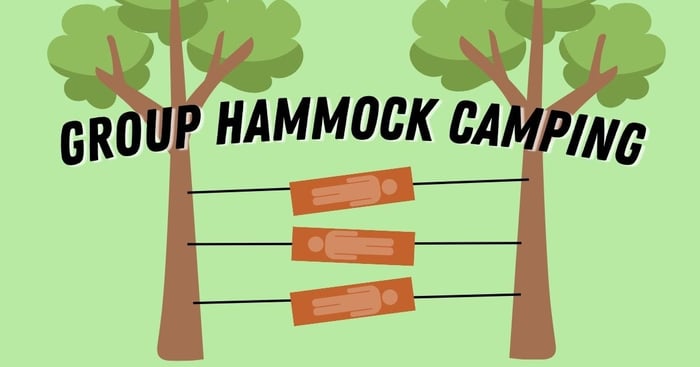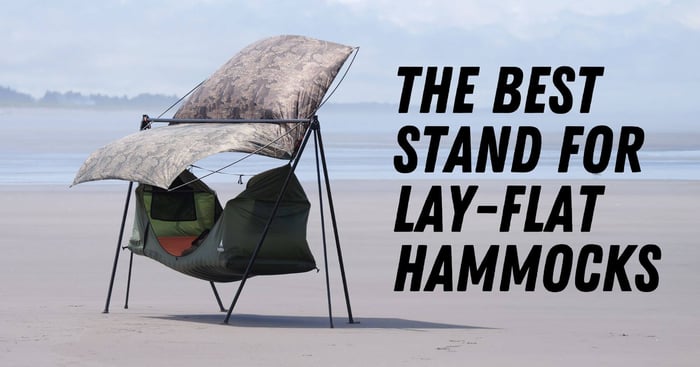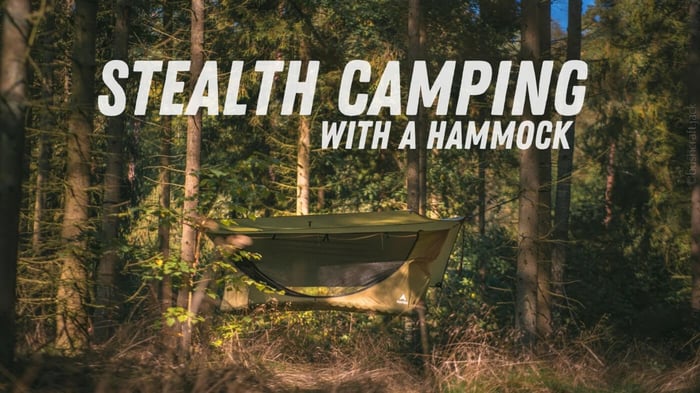When planning your next backpacking trip, one of the biggest decisions you’ll make is how you’ll sleep. Traditional ground tents have been the go-to for decades, but hammock tents are quickly gaining popularity thanks to their comfort, versatility, and packability. In this post we’ll compare the two and help you decide which shelter is best for your adventures.
Weight & Packability
Hammock tents like the Haven Tent system can be significantly lighter than many ground tents. Because the sleeping surface is suspended between trees, you don’t need heavy poles or a groundsheet, and the entire kit compresses down to a small size. Ground tents, especially those designed for two or more people, often weigh several pounds and take up more space in your pack. For backpackers counting ounces, switching to a hammock tent can free up room for other essentials without sacrificing comfort.
Comfort
One of the biggest advantages of a hammock tent is comfort. Haven tents let you lie flat like you would on a bed at home, rather than being forced into a banana shape. You never have to worry about rocks, roots, or uneven ground digging into your back, and moisture from the ground can’t seep up through the floor. By adjusting your hang angle and the tension on your hammock, you can customise your sleep setup for the perfect balance of firmness and give. Many users report sleeping better in a hammock tent than they do in a traditional tent because they’re better supported and can move freely without bumping into tent poles or walls.
Setup & Versatility
Ground tents require flat, clear terrain, which can be hard to find in rocky or uneven environments. Hammock tents need two sturdy anchor points, like trees or a rack, and that’s it. This means you can camp over slopes, streams, or rough ground without issue. Setup is often faster, too, because there are fewer poles to connect and fewer stakes to pound. Versatility is another strength: many hammock tents convert into chairs or loungers during the day, and you can pair them with stands or poles in treeless areas. Ground tents, on the other hand, are one-use shelters that can’t double as furniture or adjust to different environments as easily.
Weather & Bug Protection
A common concern with hammock tents is whether they can keep you dry and bug-free. Quality hammock tent systems come with an integrated rainfly and a full bug net so you’re protected from the elements and insects. Because you’re elevated, rainwater runs off under you rather than pooling beneath you, and you get more airflow for condensation control. Ground tents often have built-in floors and lower walls, which can trap moisture and reduce ventilation. In stormy conditions you can pitch your hammock rainfly low to the ground for maximum protection or raise it up for better views and airflow in fair weather. With a properly set up tarp and bug net, hammock tents can be just as weatherproof as ground tents, if not more so.
Conclusion
Choosing between a hammock tent and a ground tent ultimately comes down to your priorities. If you value comfort, minimal pack weight, and the freedom to camp in unconventional spots, a hammock tent like Haven is hard to beat. If you frequently camp above treeline or in areas with no trees, a ground tent may still be more practical. Many backpackers carry both options depending on the destination. By understanding the strengths and limitations of each, you can pick the shelter that offers the best rest and efficiency for your adventures.

.png)


